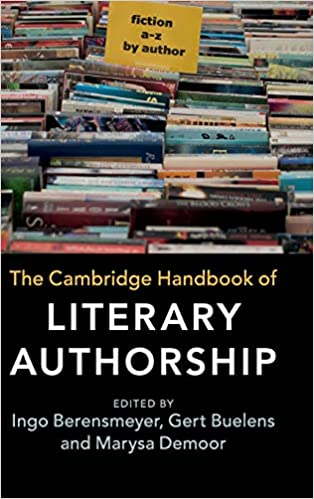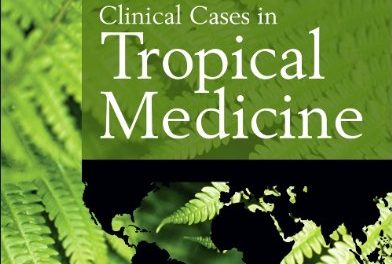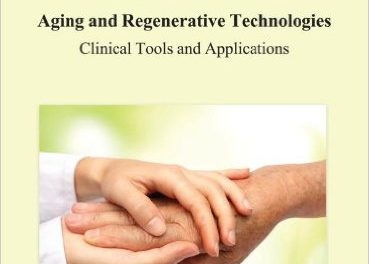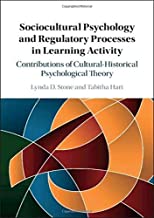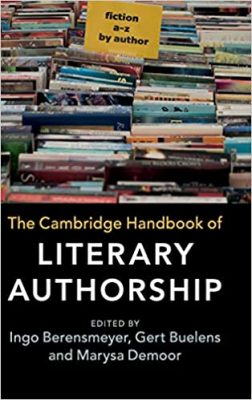 Editors: Ingo Berensmeyer, Gert Buelens and Marysa Demoor
Editors: Ingo Berensmeyer, Gert Buelens and Marysa Demoor
Publisher: Cambridge University Press – 491 pages
Book Review by: Sonu Chandiram
This is a unique book that surveys and analyzes the myriad meanings of literary authorship from prehistoric times (e.g. cuneiform writings) to the present day.
Spanning from around 3,000 BCE to our present digital age, this wide-ranging study also looks at what authorship of literary work means (or historically meant) and implies (or implied in the past) in different cultures and settings in the Eastern and Western worlds.
To provide you a brief overview, we have simply laid out below the titles of its twenty-seven chapters organized around what its three editors – Ingo Berensmeyer, Gert Buelens and Marysa Demoor (and probably its contributing authors) have organized three broad perspectives: from historical, systematic, and practical points of view:
- Introduction
- Part I – Historical Perspectives
- Authorship in Cuneiform Literature
- Authorship in Ancient Egypt
- Authorship in Archaic and Classical Greece
- Authorship in Classical Rome
- Conceptions of Authorship in Early Jewish Cultures
- Modes of Authorship and the Making of Medieval English Literature
- Manuscript and Print Cultures 1500-1700
- The Eighteenth century: Print, Professionalization, and Defining the Author
- The Nineteenth Century: Intellectual Property Rights and “Literary Larceny”
- Industrialized Print: Modernism and Authorship
- Postmodernist Authorship
- Chinese Authorship
- Literary Authorship in the Digital Age
- Part II – Systematic Perspectives
- Literary Authorship in the Traditions of Rhetoric and Poetics
- Authors, Genres, and Audiences: A Rhetorical Approach
- The Author in Literary Theory and Theories of Literature
- Gender, Sexuality, and the Author: Five Phases of Authorship from the Renaissance to the Twenty-First century
- Postcolonial and Indigenous Authorship
- Practical Perspectives
- Attribution
- Anonymity and Pseudonymity
- Plagiarism and Forgery
- Authorship and Scholarly Editing
- Copyright and Literary Property: The Invention of Secondary Authorship
- Censorship
- Publishing and Marketing
- Institutions: Writing and Reading
In my view, one of the most important chapters of this book, because of its later economic impact on authorship, is Chapter 10, The Nineteenth Century – Intellectual Property Rights and “Literary Larceny” authored by Alexis Easley.
In this chapter, Easley quotes William Wordsworth, one of the greatest poets of all time whose epic Ode: Intimations of Immortality has received wide acclaim the world over.
In his Preface to the 1802 Lyrical Ballads, Wordsworth had written: “the poet binds together by passion and knowledge the vast empire of human society, as it is spread over the whole earth, and over all time.”
Easley points out that Wordsworth’s “notion of a transformational genius played foundational role in the development of modern copyright, which defined the author as an individual who deserved special recognition and protection under the law.”
The Copyright Act of 1814 established that copyright rested with the author for 28 years or his lifetime, whichever was longer. Over the course of that century and beyond, these rights were further extended, and now belong to heirs and family members as well.
This is an excellent book well worth reading, particularly as it pertains to the economic implications of authorship such as intellectual property rights.

